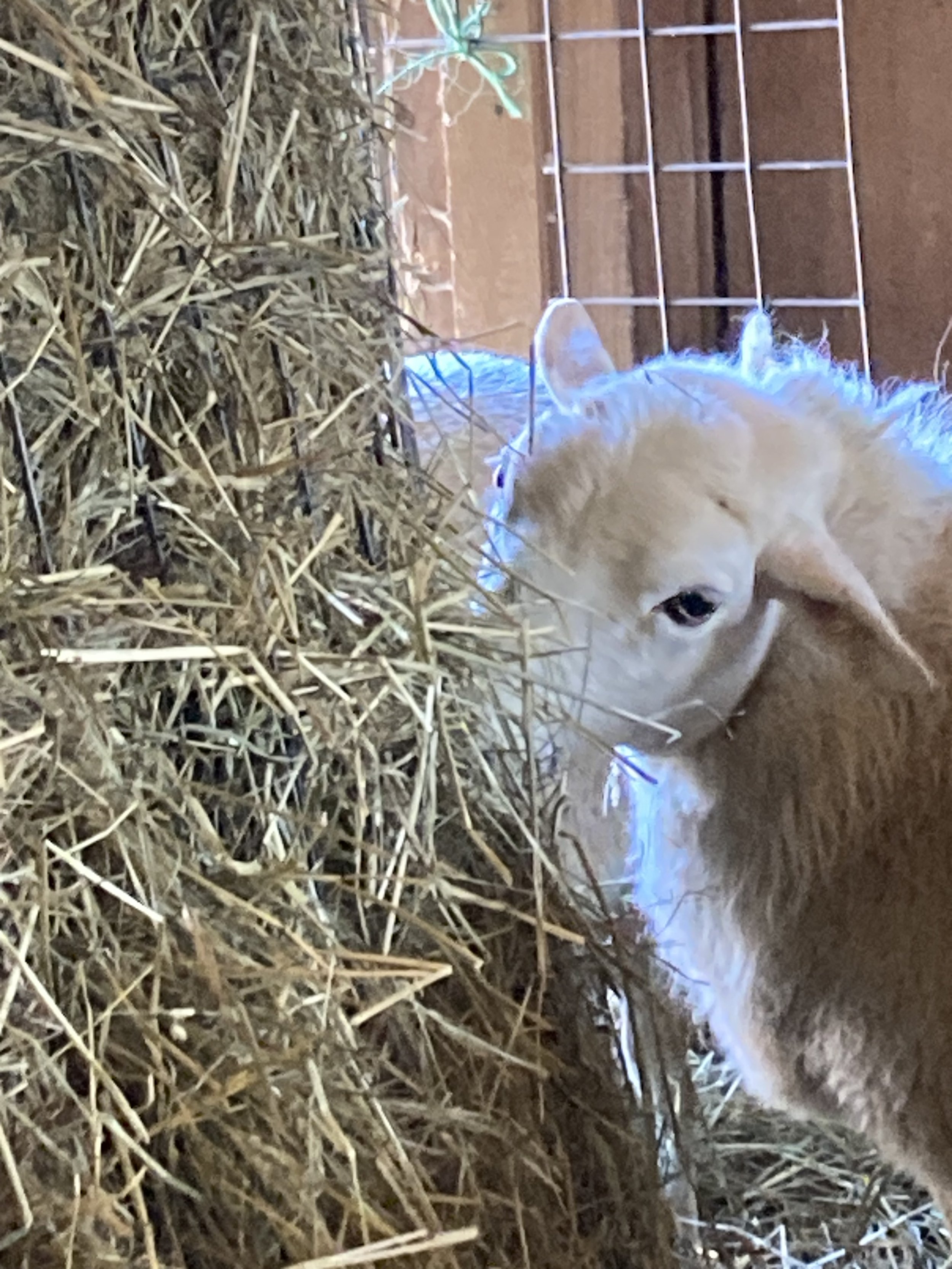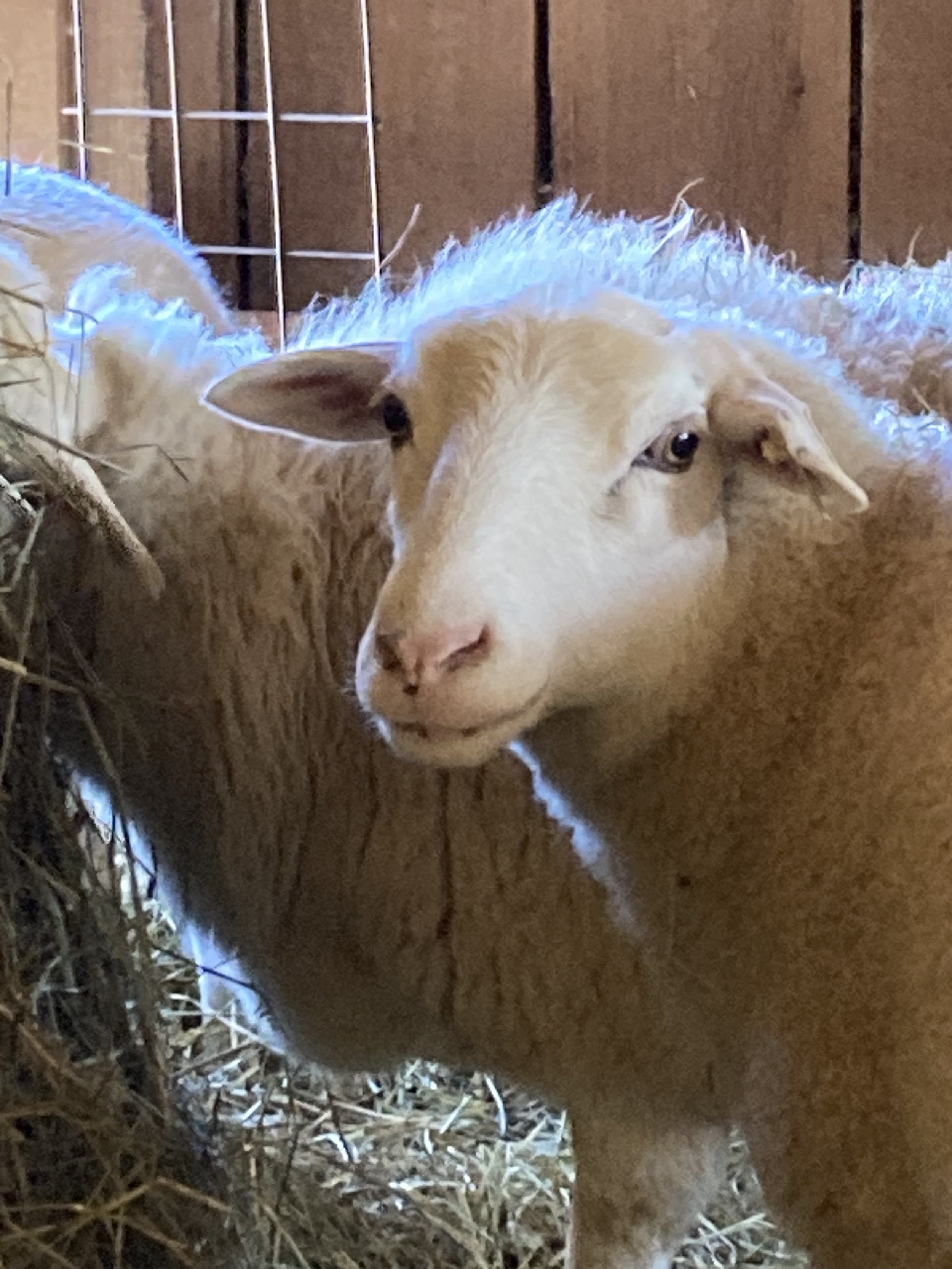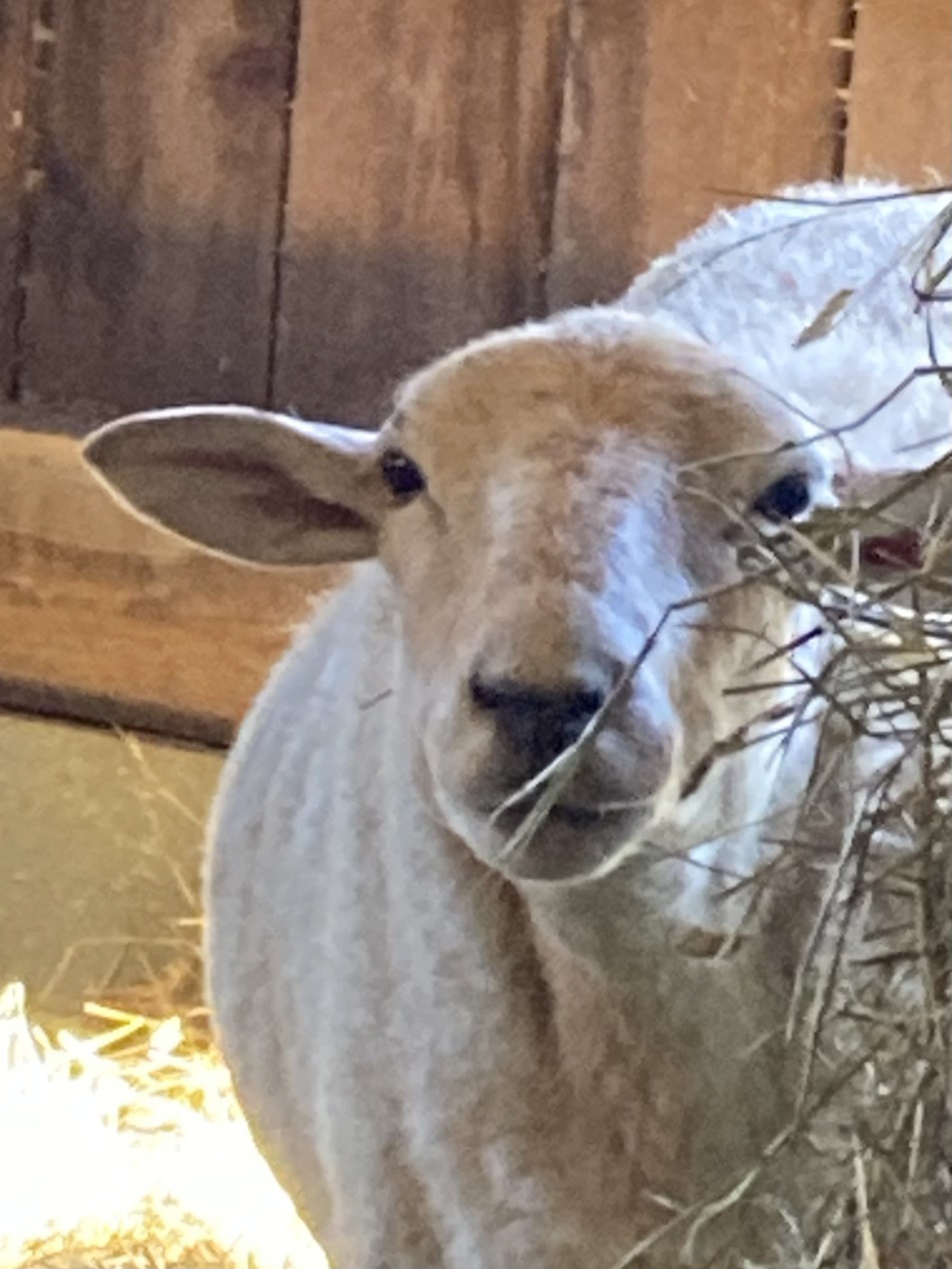Just moved the ewes and lambs off North Field and chose to mow it today for a couple reasons:
I’ve been trying to get rid of the multiflora rose so I mow it, on the mower’s lowest setting repeatedly over the growing season. I’m happy to report that there are fewer bushes plaguing North Field this year compared to when I started targeting it years ago.
Mild temperatures and adequate rain pushed the field grasses to maturity before the sheep could graze them down. By mowing them, I’m hoping the grasses regrow and the sheep can graze that tender regrowth.
By allowing the cut grasses to stay on the field, they can breakdown and in a very small way, feed the soil as they breakdown.
Rain is in the forecast so hopefully the grass will regrow in time for the newly weaned ram lambs to move into North Field in a couple weeks.

























